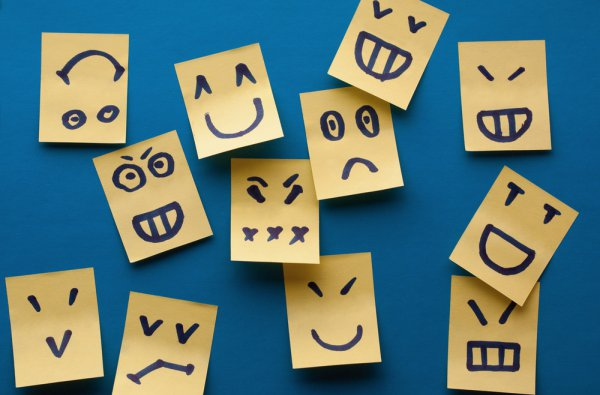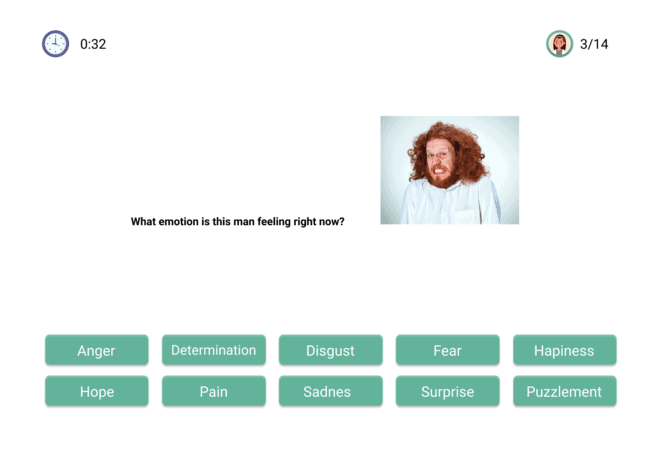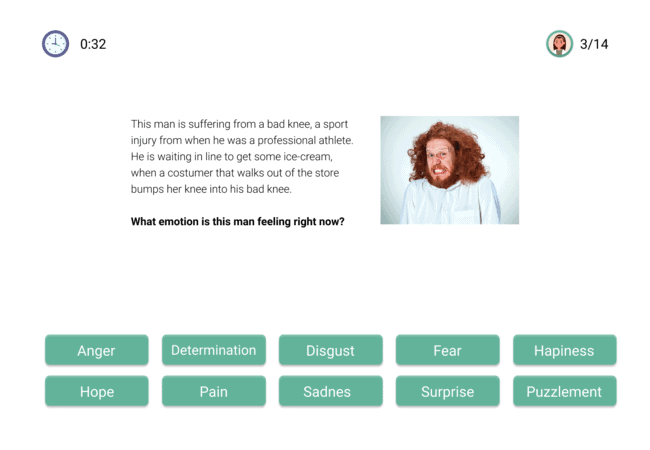Language in emotions, or emotions talk?
Published on December 16, 2022
What is language? And what is an emotion? How can these two be linked between each other? In this article, I will talk about the language without emotions and emotions without language. Maybe, it’s both that humans need to survive?

Does language actually affect the way we think?
People believed for centuries that words were nothing more than labels for things and that various languages simply attached various strings of sounds to things—or, more accurately, concepts. Now, it was suggested that people who speak different languages might perceive the world differently. Or, to put it another way, the idea that people could only see things about the world that their languages had words for.
Children who speak Chinese learn to count earlier than children who speak English due to the regularity and transparency of Chinese numbers (in Chinese, "eleven" is "ten one"). Similarly, individuals communicating in a few Australian dialects situate themselves in space better compared to English-talking individuals (they frequently know north from south — even in dimness), conceivably in light of the fact that their dialects have outright spatial deictics. This means that instead of saying "that car" or "that tree over there," they say "the car to the north" or "the tree to the south" when referring to a distant object. They are more accustomed than we are to paying attention to the fundamental points due to the fact that they need to know direction in order to correctly assemble sentences in their language.
It is evident that there are no words for everything. We only have words for ideas that are significant to our culture or stand out. This explains why each language's lexicon, or set of words, is very different. The lexicon resembles a large, unlocked bag: Some words are invented or borrowed because you need to talk about new things, so you put them in the bag. On the other hand, the words for some items are taken out of the bag when they are no longer needed.
What are emotions then?

Emotions are a process, a particular kind of automatic appraisal influenced by our evolutionary and personal past, in which we sense that something important to our welfare is occurring, and a set of psychological changes and emotional behaviors begins to deal with the situation. - Paul Ekman, PhD
To put it another way, our feelings help us deal with important situations without having to think about them. We don't choose to feel these emotions; they just come to us on their own and are an unavoidable occurrence. There are seven universal feelings among all human emotions that transcend language, cultural, regional, and ethnic differences.
What is this man feeling right now?

Most probably, your gut instinct will tell you something about puzzlement or disgust. Hold on, there is another side of the coin. What if you put the man’s emotional face into context?

Now, what do you think?
99% of the times, people would say the man is feeling pain right now in his bad knee, thus it is mirrored on his facial expression.
Does language do more than communicate emotion?
Studies that experimentally disrupt participants' access to linguistic emotion concepts and observe a corresponding disruption in emotion perception provide the strongest evidence that language contributes to emotion perception.
It makes sense that improving accessibility to linguistic emotion concepts might improve perceptual categorization and lead people to categorize facial expressions according to particular emotion categories if linguistic emotion concepts are more difficult to access. In fact, infants can only consistently distinguish between pleasant, unpleasant, and neutral expressions (e. g. , after becoming accustomed to happy faces, five-month-olds look longer at any unpleasant face, whether fearful, angry, or sad (Bornstein and Arterberry, 2003). However, as toddlers pick up and use words like "sadness," "anger," and "fear" in conversation, they start to be able to perceptually classify various unpleasant expressions (Widen, 2013). For instance, two-year-olds reliably distinguish between the valence of faces, just like infants and patients with semantic dementia, and they use the very simple emotion labels "angry" and "happy" in daily discourse. However, two-year-olds are unable to distinguish between more distinct categories of unpleasant emotions (Widen, 2013). When two-year-olds are shown a collection of images representing five different emotion types and asked to perceptually match only those faces that match another image (such as. g. They do this by putting all unpleasant faces (such as an angry face, a sad face, a disgusted face, a fearful face, etc.) in a box, but they leave out happy faces. However, as 3- and 4-year-olds learn the concepts of "sad" and "fear," they start to leave those faces out of the "angry" box, showing a capacity to perceptually categorize unpleasant faces into more specific emotions (Russell). Children begin to perceive most facial expressions in adult-like categories by the age of 7 (Widen, 2013), with the exception of disgust. These results imply that kids learn to categorize facial expressions as they learn words for different emotions.
Conclusions
It is becoming increasingly evident that language has the ability to influence emotion in some way; however, it is fair to ask how far language can influence our emotional perceptions and experiences. However I would like to conclude that, language plays an integral role in emotion perceptions and experiences, shaping the nature of the emotion that is perceived or felt in the first place.